Folklore in the rough
Or, the evolution of tradition. But for real. And almost with sausage rolls.
Folklore is… something we had, right? The things people used to do, especially all those people who lived out in the country and whose lives were devoted to threshing and winnowing and all those sort of rural verbs we just don’t use in the modern world. Folklore is all that stuff, from the ancient Static Past that never changed.
This view is nonsense, nowadays, among historians and folklorists, but it used to be their genuine assumption, say a hundred years ago, and as a result I have a feeling it still lurks in the back of a lot of people’s minds as a kind of default opinion if they ever think about the topic. In reality, folklore was always fluid and adaptable; we’re just missing a lot of it, because it was only about 150 or so years ago that people started writing it down, and saying “I guess this is what the peasants have always done since Time Immemorial”. Folklore is still around us today, and it’s still changing and growing too.
The reason I’m writing this, though, is that last weekend we went out and committed an act of folklore. We—me, R, and the Two Children—went into Newport, to see the Newport Mari Lwyd.
The Mari Lwyd is Welsh, as you might guess from the name. Specifically, it’s a South Wales tradition, from the time around the New Year. The Mari itself is a horse skull on a stick, carried around by someone hiding under a white sheet, like all the best ghosts. It’s led around by a Leader, smartly dressed in a top hat. And it’s great fun. We still sometimes call it by the name The Child Who Likes Fairies used when she couldn’t pronounce Welsh very well: the Ghost Pony.

The Newport Mari Lwyd is done by the Widders Border Morris, from Chepstow. For about an hour or so, the Mari is lead around the centre of the city, with stops for morris dances. Between the stops, the Leader is the MC of proceedings, interprets for the Mari, and generally “holds her back” when she wanders into shops to terrorise people. If you don’t mind being terrorised by a very large skull on a stick, it’s great fun.
We followed all the way from start to finish: into Greggs in search of a sausage roll, into the pet shop for more food, or the slightly mouldy greengrocer, or the Arcadia coffee shop. We stopped outside a pub, with a guy stood outside it holding a toddler in his arms. The Mari bent down so the wee boy could stroke her nose like a real horse, and the boy did, looking confused and baffled but treating her entirely like he would a living horse. The followers all had their phones out recording, or their SLRs, some with selfie sticks to get their phones up above the crowd. And of course all the time we were passing people who weren’t part of it, who hadn’t come along specially, some of them jumping in fright and getting away, some of them intrigued and coming to stroke the Mari too.
This isn’t, of course, what the Mari used to do. The organisers specifically describe it as an Urban Mari Lwyd, in this form because it works well in a city centre, popping her head into all the shops along the way then finishing in the record shop in the arcade to ask the owner to play “Crazy Horses” by The Osmonds.
When the “original” Mari Lwyd tradition was recorded, the Mari would go around knocking on the doors of houses. At each there would be a battle of riddles with the person who opened the door; and when the householder lost, the Mari’s party would go inside and cause havoc: eat the food, drink the beer, grope the women, rake out the fire. And then, on to the next house. The party would often include people in blackface, and a Mr Punch. By the time it was written down, it was almost gone, and by the 1930s the tradition was effectively extinct. A few decades later it came back, as a deliberate revival, much as many “folkloric” aspects of British life were. In the early 1970s, a form of the Mari appears as an evil antagonist in Susan Cooper’s young adult fantasy novel Silver On The Tree, which I quoted here previously. Cooper’s Mari is almost untirely unlike the real one, and pops up in a part of Wales in which she wasn’t a tradition. Nowadays, many places in Wales have some sort of modern Mari Lwyd, like the Newport one. Going into private houses: out. Actually taking people’s food: out. Groping people: very definitely out. The modern Maris (Mariau?) are all suited to the modern world, frightening people only if they like it.
Being a skull on a stick, the Mari comes across as a very gothic, a very pagan figure. That’s probably not really true originally either. The name Mari might very well come from the Virgin Mary, although there’s an alternative explanation that, being a horse, it’s just from the English word “mare”. As a tradition, like other British hobby horse traditions, it probably doesn’t date back any earlier than the 16th century. It’s become a very Welsh icon—there was a large Welsh flag being carried by someone at the Newport one this year—but very similar traditions are found in other parts of Britain too with different variations. In Derbyshire they used a ram’s skull instead of a horse, which is why Derby County football club still has a ram as its symbol. That, though…in folklore, that’s kind of irrelevant. Mari Lwyd might have been different in the past, but the Mari Lwyds happening now, like the one we took part in, are very real and just as genuine. They’re still folklore, but folklore being endlessly created and recreated, today and in the future. Some day, in years to come, a folklorist will write down that the song “Crazy Horses” is deeply associated with “the Newport Mari tradition”, as an ancient survival; until someone else points out the song was only released in 1972, in summer, so really shouldn’t be associated with a seasonal winter tradition.
In a sense, all this is unimportant. We were carrying out a Welsh pagan tradition, because we made it one. And moreover, as I said near the start, it’s great fun for the participants. Even if the Mari never did get her Greggs sausage roll.

 Home
Home

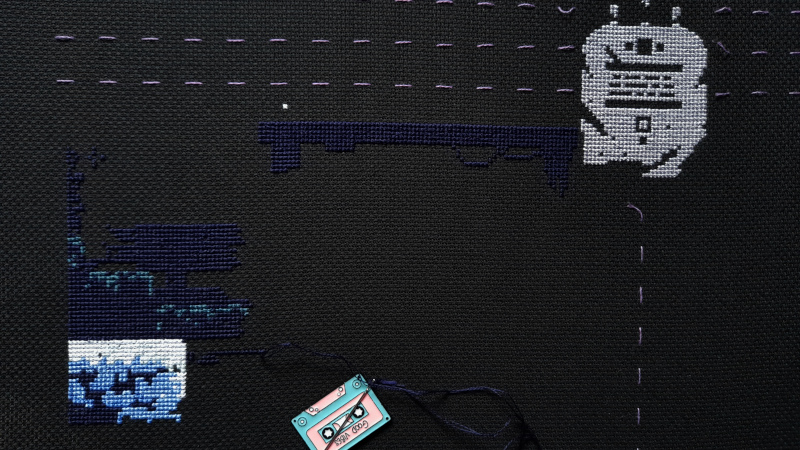
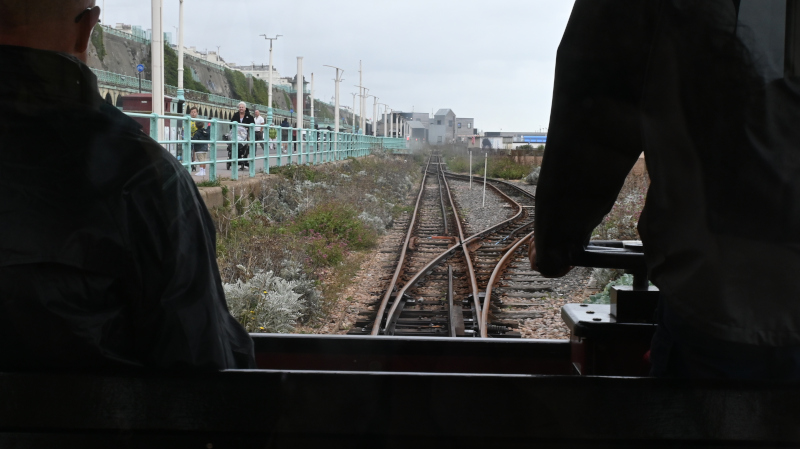
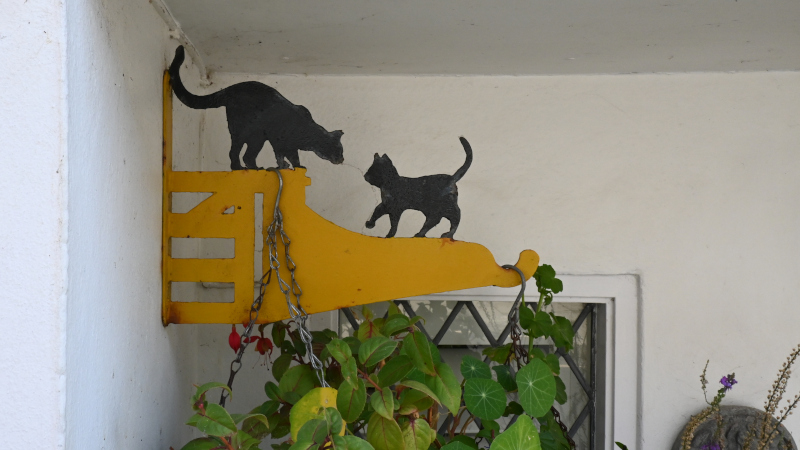
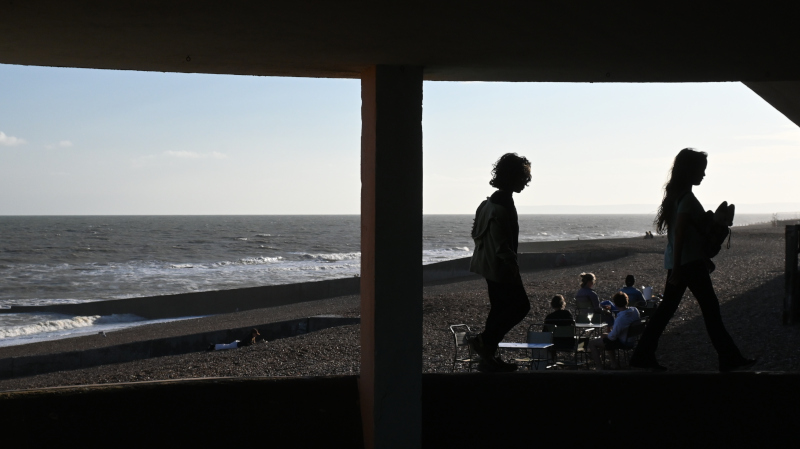
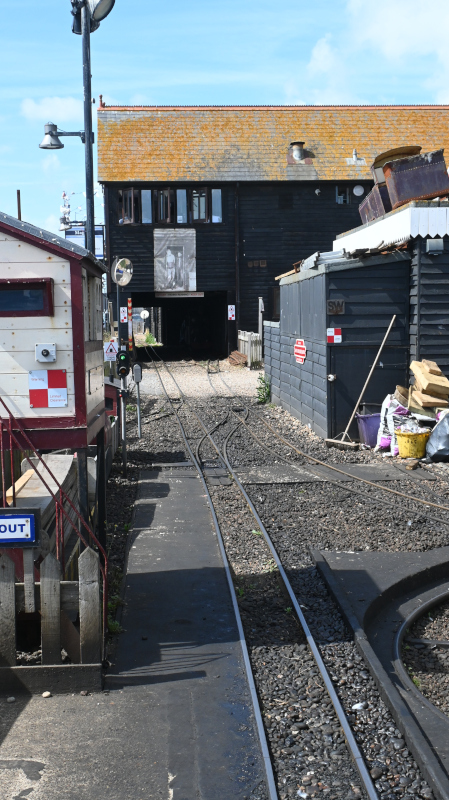



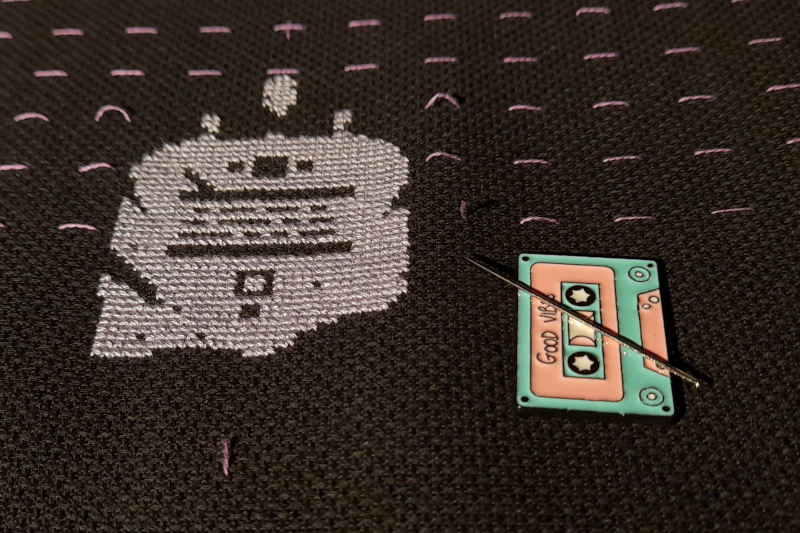
 Newer posts »
Newer posts »